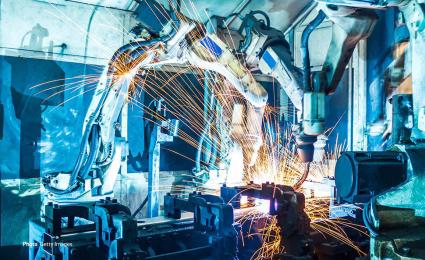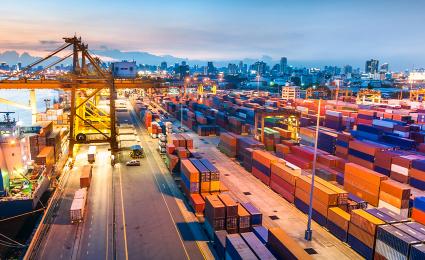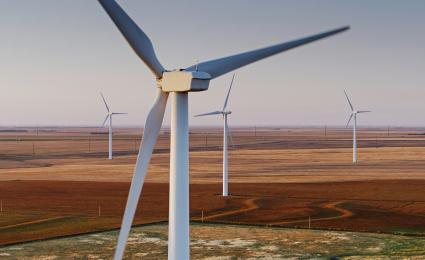Learn more about the challenges in existing automotive production structures and what trends will trigger major disruptions of automotive production networks.


Regional independence can make automotive production more sustainable
By Michael W. Rüger and Rolf Janssen
Reshaping of global automotive production networks can support the right balance between sustainability, flexibility and profitability
Automotive production has become an increasingly complex global operation. As well as logistical and economic challenges, this has a major impact on the environment. To minimize their carbon footprint and adapt to changing market demands, manufacturers must embrace a more regional approach.

"Shipment of new products now costs manufacturers more than 10 billion euros each year."
In the search for economies of scale, many vehicle manufacturers have spent decades concentrating production volumes at a small number of locations. But parts and vehicles must now be shipped across the globe as part of complex, constantly evolving production networks . The production of full-size SUVs, for example, is mostly based in Europe and North America, yet demand is rising sharply in Asia. In all, approximately 13 million vehicles are now transported each year via global shipping routes.
Changes in the supply chain add an extra challenge: Eastern Europe is becoming an increasingly important parts exporter; Japan has lost export share to China and South Korea; and Mexico is fast emerging as a preferred low-cost supplier.
"Crucially, a more decentralized, flexible setup offers the opportunity to reduce CO2 emissions from long-distance transport, as well as cut freight costs."
Costly for planet and profit
All this transport comes at a growing financial and environmental cost. Shipment of new products now costs manufacturers more than 10 billion euros each year. In addition, more than 11 million tons of CO2 are emitted, which is comparable to the annual CO2 emissions of a city like Amsterdam (Netherlands).
Automotive businesses must address this for several reasons. Governments around the world are now introducing stricter environmental regulations such as carbon taxing, while consumer demand for sustainable products is rising. Going green is no longer an option, but an obligation.
One of the most effective steps will be to shift production and supply networks from global to more regional structures. This would reduce the need for parts and products to travel the globe, cutting down on shipping emissions.
Strengthen regional independence
There is no one-size-fits-all solution. Automotive OEMs follow, or have followed, very different patterns in designing their respective production networks. As a result, the changes they make, and their impact, will vary greatly.
We have identified four key footprint archetypes for automotive OEMs:
- Globally focused players. High-volume manufacturers from Europe and the United States
- Globally based exporters. Large-volume manufacturers from Asia
- Concentrated exporters. Premium manufacturers from Europe
- Locally based exporters. Luxury and sports car manufacturers
Wherever they sit within these four categories, satisfying global demand from a small number of plants or model-focused plants is cost-intensive for car manufacturers and depresses EBIT. They must decide whether a global presence justifies expanding their production network into their main markets or whether limited market opportunities require a more focused approach.
‘Globally focused players’ are best positioned to overcome the challenges outlined above. They must now match regional needs with regional capabilities. That means regions must become more independent: production structures and procurement networks must be set up in line with regional requirements – even if that means prioritizing security of supply over cost advantage.
Crucially, a more decentralized, flexible setup offers the opportunity to reduce CO2 emissions from long-distance transport, as well as cut freight costs. Reducing the logistical complexity of transglobal production and supply structures also lowers supply chain risk.
Six steps for improvement
Striking the right balance between sustainability, profitability, and supply chain resilience won’t be easy, though. Transforming an industry requires a rethinking of current value creation structures and, of course, the provision of necessary capital.
Therefore, we recommend manufacturers take the following steps to successfully transform their production networks:
- Reduce existing product portfolio complexity
- Increase the customer focus of production structures
- Assess supply structures holistically
- Perform proactive supply chain risk management
- Secure the supply of sensitive or unique parts
- Consider changing make-or-buy requirements in the context of new approaches
Do you want to learn more about the six steps to successfully transform your production network? Or would like to read more about the four key footprint archetypes for automotive OEMs? Then enter now your data below, receive the full publication and get regular automotive updates.
















